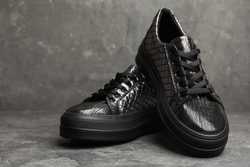Best Trail Running Shoes for Men and Women
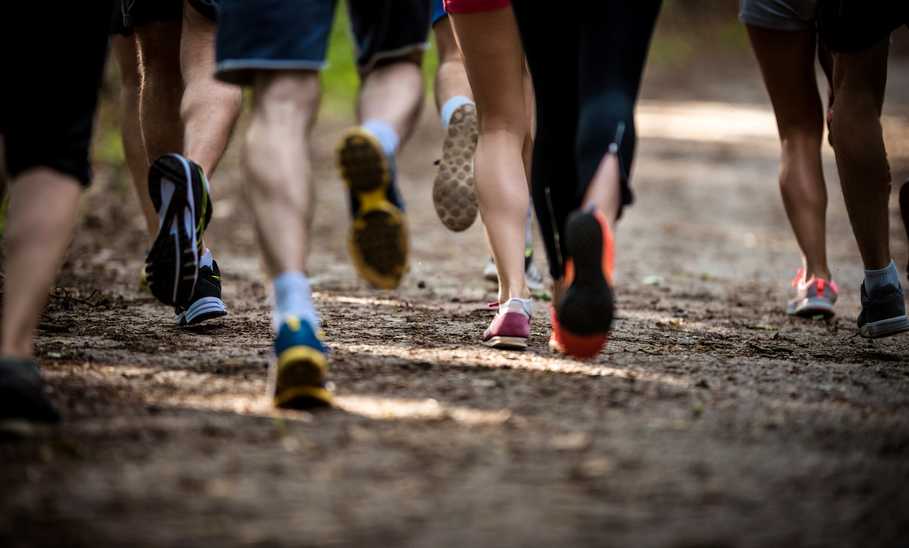
Our evaluations and opinions are not influenced by our advertising relationships, but we may earn a commission from our partners’ links. This content is created by TIME Stamped, under TIME’s direction and produced in accordance with TIME’s editorial guidelines and overseen by TIME’s editorial staff. Learn more about it.
It’s not even fair to compare the freedom and beauty that comes with running on trails to that of road running. The two sports are entirely different, which is why the footwear required for road running should never be put to the test on trails.
Trail-specific running shoes often come with extra features, like enhanced traction and protection from rocks or debris. There are trail shoes designed for running through muddy terrain and trail shoes that handle long distances better than the rest, and we found the best trail running shoes for whatever terrain you may find beneath your feet.
Below are our top trail running shoes, from the best shoe for steep climbs to the best shoe for running in mud and soft terrain.
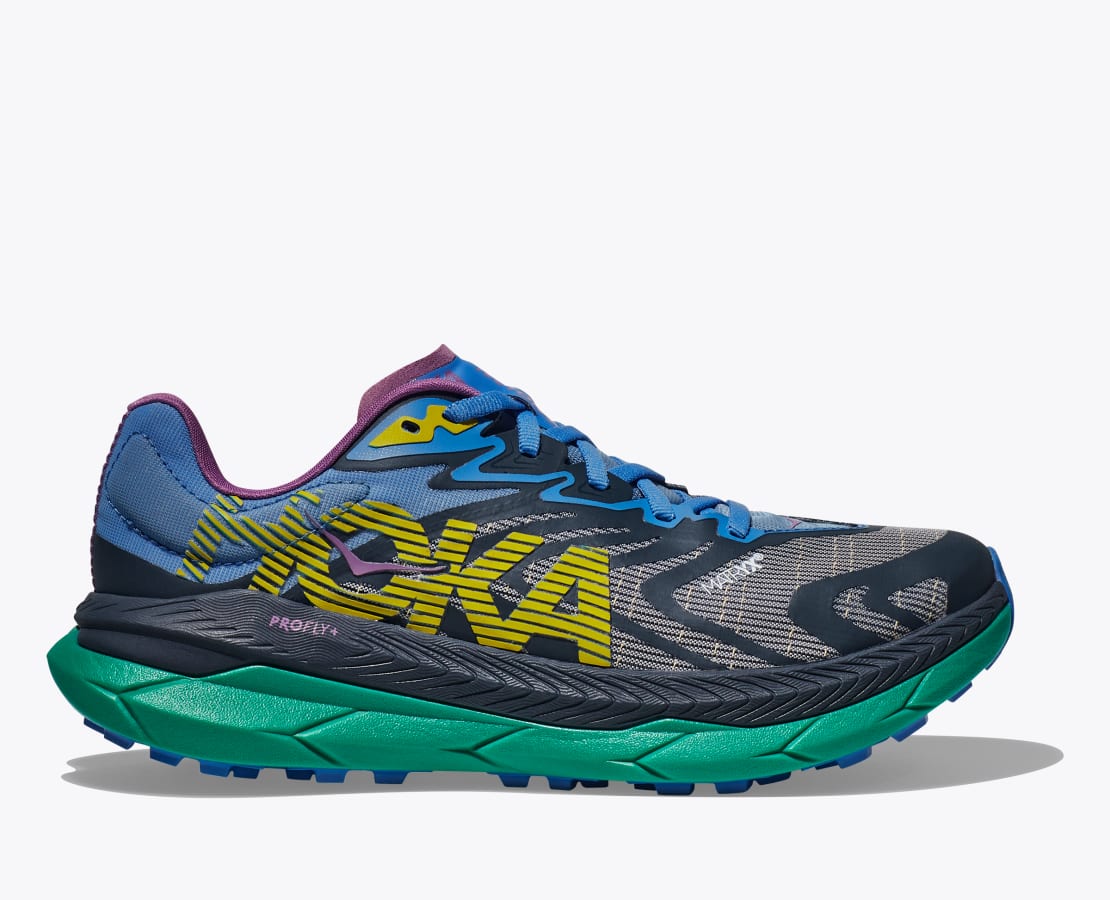
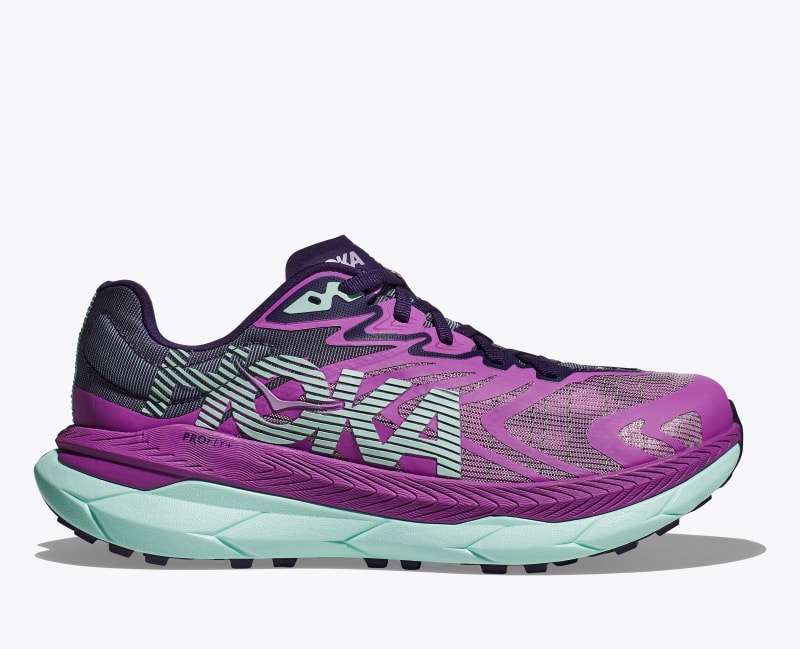
Made from Matryx, a light and durable material, these trail shoes somehow manage to have generous cushioning while only weighing 9.1 ounces for a men’s size 9. They’re incredibly comfortable and come with cool features like integrated carbon plating that help keep things firm while you’re busy shaving seconds off your race times. Shopping tip: Hoka also made our lists for the best running shoes for men, best running shoes for women, the best walking shoes, and the best shoes for plantar fasciitis.
A responsive, carbon-plated shoe that shaves seconds off race times.
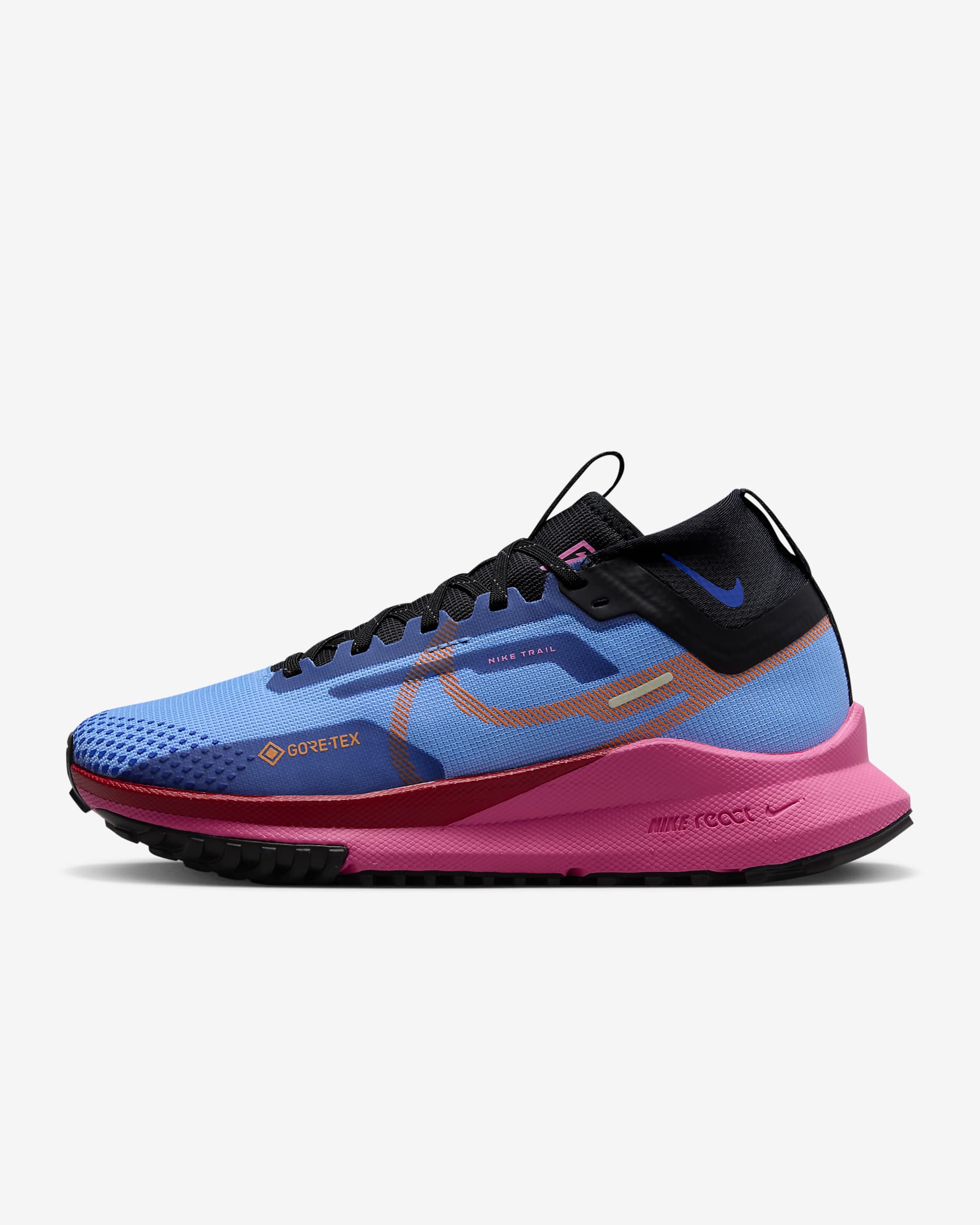
Count on Nike, where you can buy everything from running shorts to workout shirts, sweatpants to hoodies, and every type of sneaker for nearly every type of sport, to offer a great pair of trail running shoes. Nothing’s getting through the Gore-Tex invisible fit outer shell of this water impermeable trail shoe. Built-in gaiters grip to runners’ ankles to provide an extra layer of protection from wet conditions, while a generative traction pattern offers increased traction on wet surfaces.
An impermeable trail shoe with built-in gaiters that performs well on both dry and wet terrain.
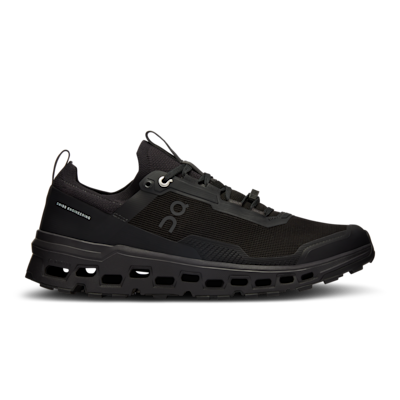
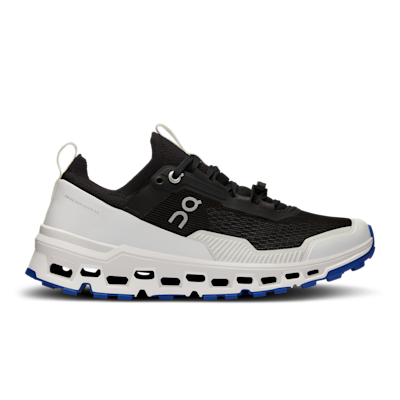
Leave it to On (a high-performance sports shoe and clothing company that also made our list of the best running shoes) to create one of our favorite max-cushioned trail shoes. These all-terrain shoes were made for long-distance running, with a patented superfoam that, yes, feels like running on a cloud even over jagged terrain.
The most comfortable trail running shoe; it even has the name to prove it.
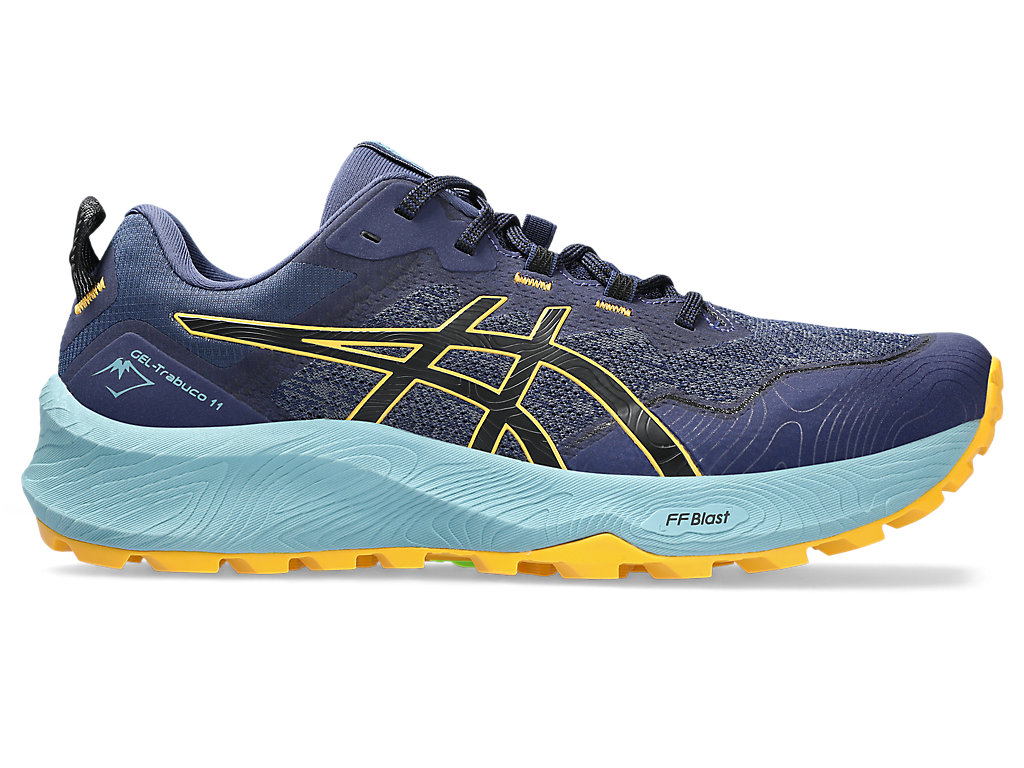
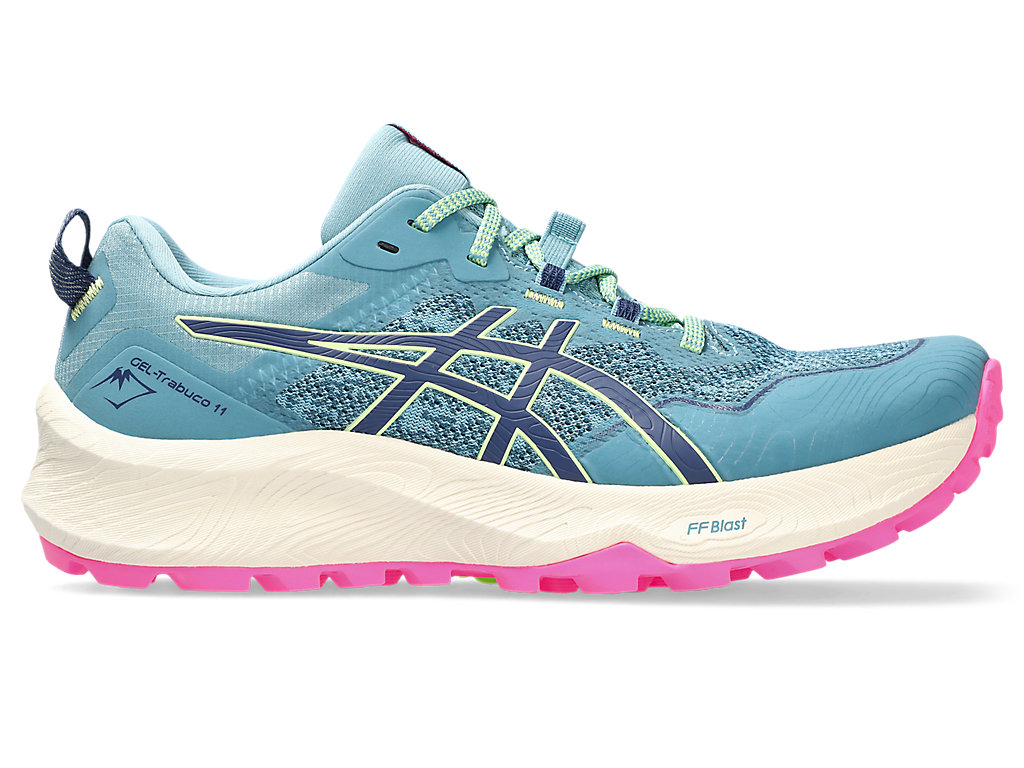
This shoe is a favorite for runners with overpronation, but it also does wonders for stability while on the trails by transferring weight inward to absorb shock and support posture. Asics also incorporated a dual density midsole system with this shoe that, when paired with the gel cushioning, created a hyper responsive shoe with superior stability.
This shoe’s superior stability comes with bonus posture support and shock absorption.

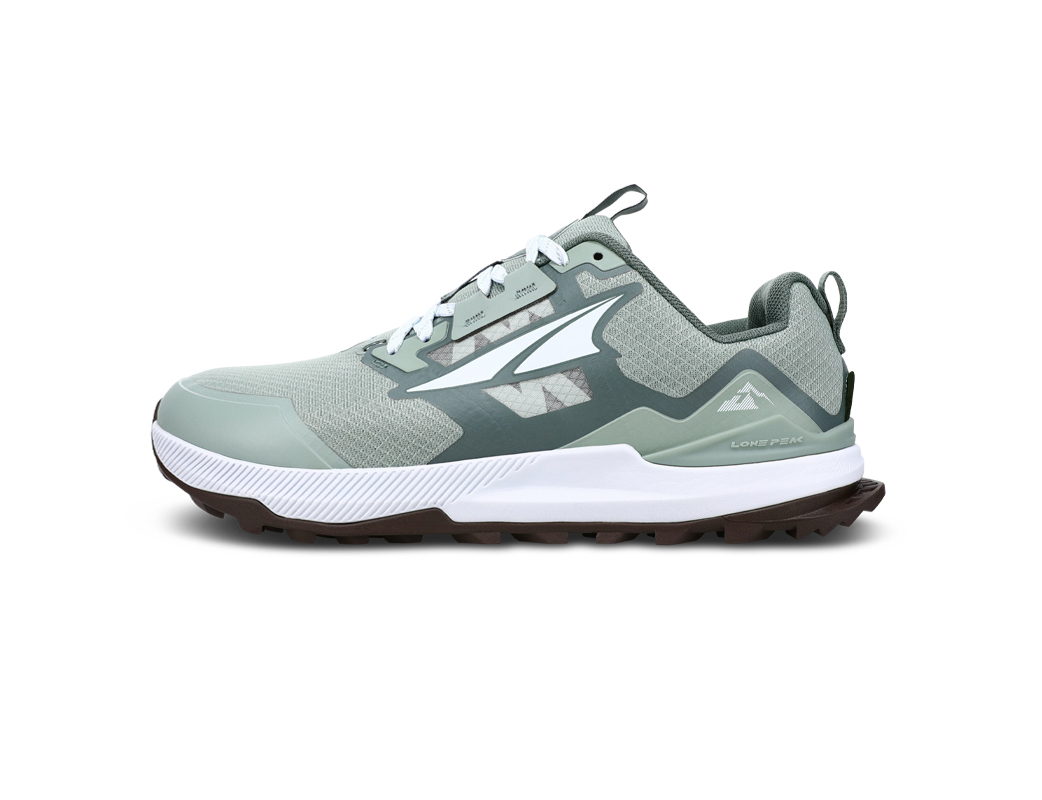
Although Altra’s Lone Peak 7 comes in wide sizing, the original version is often roomy enough on its own with the brand’s signature Footshape™ design. The shape of these shoes mimics the natural shape of a foot, which provides more room and a more natural (and comfortable) gait.
Even the original version offers a roomy run.
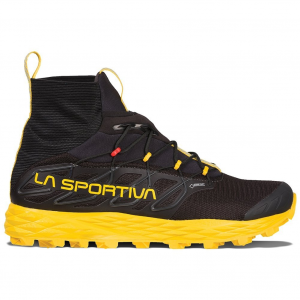
The 4WD of trail running shoes, La Sportiva’s Blizzard can handle snowy trails, icy inclines, and even frozen ponds with relative ease. The shoe’s Gore-Tex upper and built-in gaiter protect and insulate feet while the aggressive outsole fitted with durable hobnails keeps traction in the slipperiest of conditions. Note: La Sportiva’s sizing is unisex, and goes by European numbered sizing, so please consult their size chart before purchasing.
The 4WD of trail running shoes.
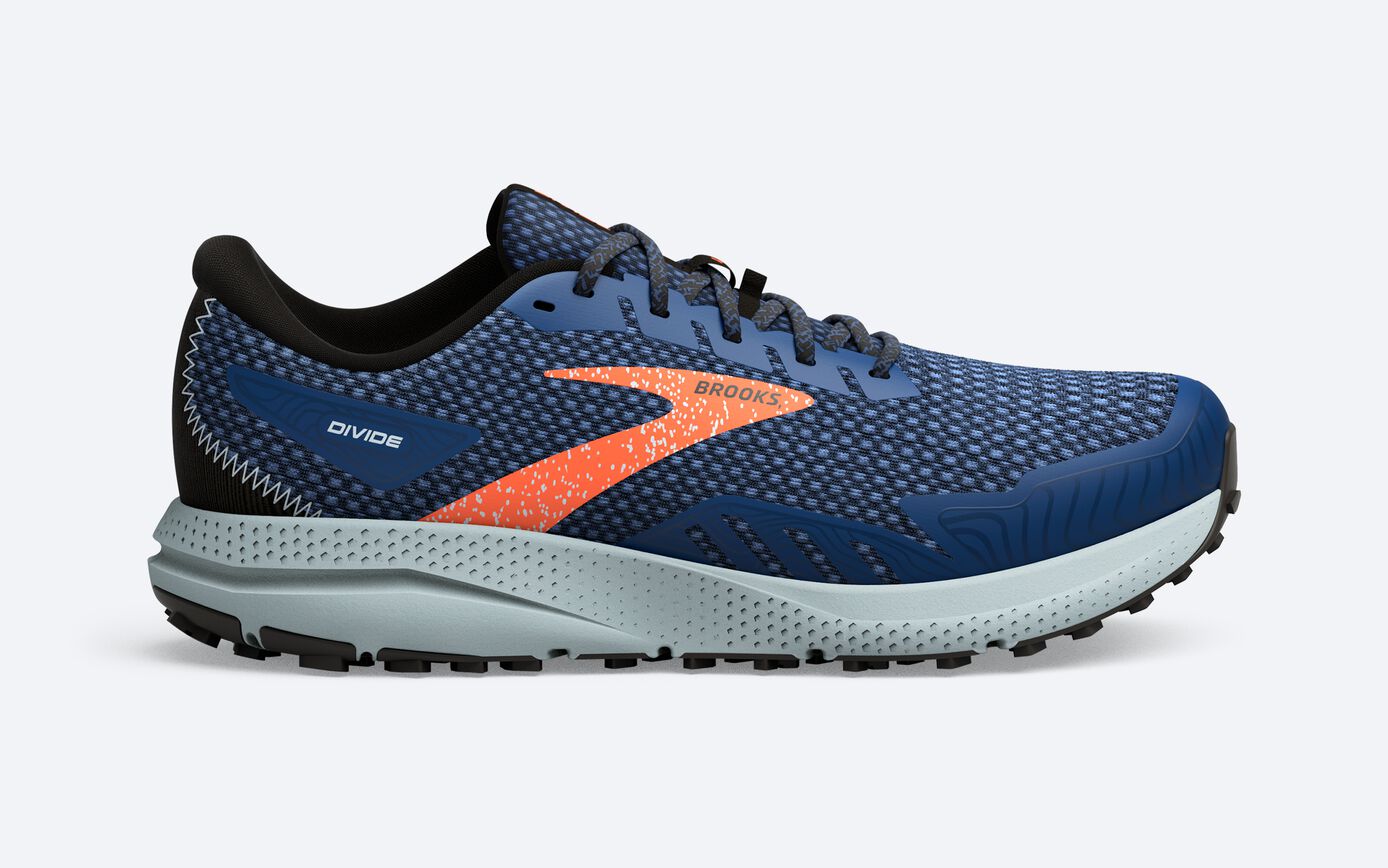
It’s not easy to make a shoe that blends the best of a road shoe with the best of a trail shoe—but leave it to Brooks to nail the combo. These shoes are perfect for a trail run that starts off on the road since they feature an adaptable outsole and a durable upper.
Brooks nailed the road-to-trail transition with this combo shoe.

There’s a distinct “cloud-like” feel to these trail shoes, which makes the biggest difference after pounding the dirt with them for more than five miles. This is Topo’s third edition of their Ultraventure shoe, and it’s their best yet with a more responsive ZipFoam compound that cushions deeper and lifts higher. These shoes are durable and lightweight, making them ideal for long runs.
Deep cushioning and superior durability make this the ultimate long-distance contender.

This lightweight shoe grips like a gecko, even in wet conditions, making it ideal for trekking uphill. Aggressive lugs meet with fitlock lacing to lock your foot in the shoe and your shoe to your trail. It’s also a unisex shoe, so make sure to double-check the size chart when purchasing.
This shoe grips to anything the trail may throw at you.


These shoes shed mud quicker and let you run quicker through wet conditions. This updated version of the beloved Salomon Speedcross comes with better breathability (enhanced mesh uppers) and a fine-tuned lug-depth to truly perfect the mud running experience. The Speedcross 6 propels you through mushy terrain without any hiccups.
The Speedcross 6 propels you through mushy terrain without any hiccups.
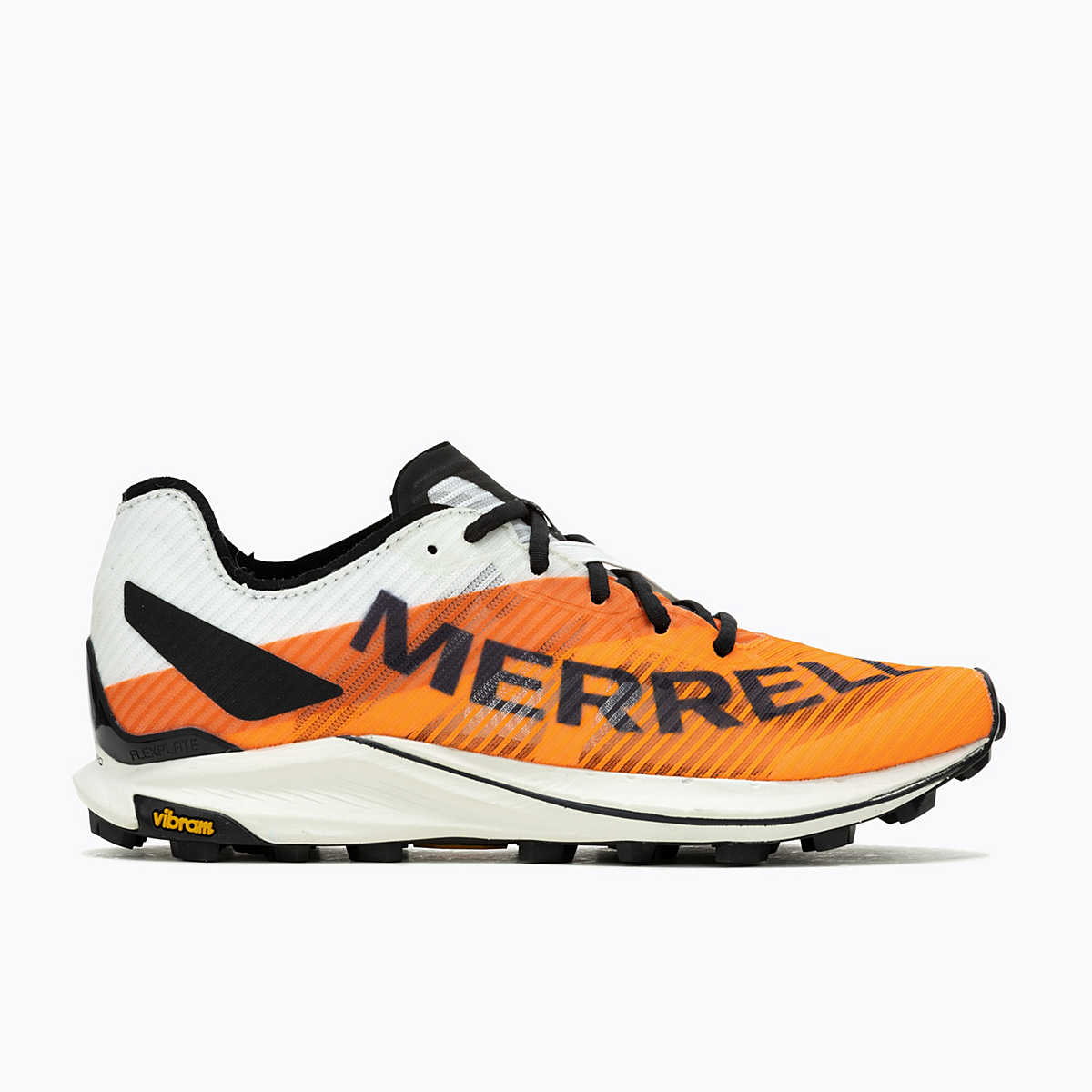

Aside from being one of the lightest elite trail running shoes on the market, Merrell’s MTL Skyfire 2 is also one of the most agile. Merrell’s FlexPlate sits beneath double layers of FloatPro foam that puts performance first while traversing rocky terrain. The grip is incredible as well, offering confidence for downhill slopes and grip for uphill climbs equally as well.
The mountain goat-like grip is borderline exhilarating.
We selected the best trail running shoes based on personal experience, as well as numerous online reviews. I’m an avid runner and professional gear reviewer, and I have spent countless hours on the trails testing, rating, and enjoying my favorite trail shoes. I have learned first-hand—sometimes the hard way—which shoe pairs with which terrain best, and, chances are very good that, if you run into me on the trail, I’m going to ask you about your shoes and what you like best about them.
Not only will you need to take your foot shape into consideration (i.e., size, width, arch height, etc.) when selecting this type of running shoe, you’ll also need to consider the type of running you plan to do while out on the trails. Many trail runners will end up owning multiple pairs, each for a different type of trail run, but these three factors can help you narrow down which shoe you need to buy for your next trail run.
The longer the distance you plan to run, the more cushioning you’ll likely want in your trail shoe. Shorter distances (anything less than 15km) require the least cushioning, and either a barefoot (no padding) or minimal shoe would work well. Moderate distances (anything between 25-50 kilometers) pair best with moderate shoes, which are designed with enough padding to cushion the path over rocky trails. Longer distances (anything more than 50 kilometers) do best with maximum cushioning, and come in a range of drops (i.e., the difference between the height of the shoe at the toe versus the height of the shoe at the heel). A zero-drop shoe offers no heel cushioning (typically found in a barefoot shoe), while 6-10 millimeter drop shoes offer a bit more heel support. It’s always a good idea to size up at least a half size if you plan to run longer distances; this small difference allots for swelling and could end up saving you a toenail. The best places to buy shoes for trail running will have size and measurement guides to help you determine the best fit.
Knowing what types of trails you plan to run on will help narrow down which type of trail shoe you’re looking to buy. Often, your choices will be between light trail (made for relatively uniform terrain, like gravel roads, packed-dirt paths, fire roads, etc.), rugged trail (made for versatility on trails with more varied terrain, like hiking trails), or off trail (made for truly remote running, like forests, mesas, etc.).
Hitting the trails a few times a month versus a few times a week makes a big difference in the features you should look for in your trail running shoe. Lightweight and hybrid (i.e., road and trail) shoes are a great place to begin for anyone just starting out, while features like having durable upper materials matter more for runners looking to take their running to the next level. Planning to do a lot of scrambling on uneven terrain on your trail runs? You’ll want to look for a shoe with enhanced traction. Winter runners, on the other hand, may want something with a built-in gaiter or a solid waterproof membrane.
The information presented here is created by TIME Stamped and overseen by TIME editorial staff. To learn more, see our About Us page.



